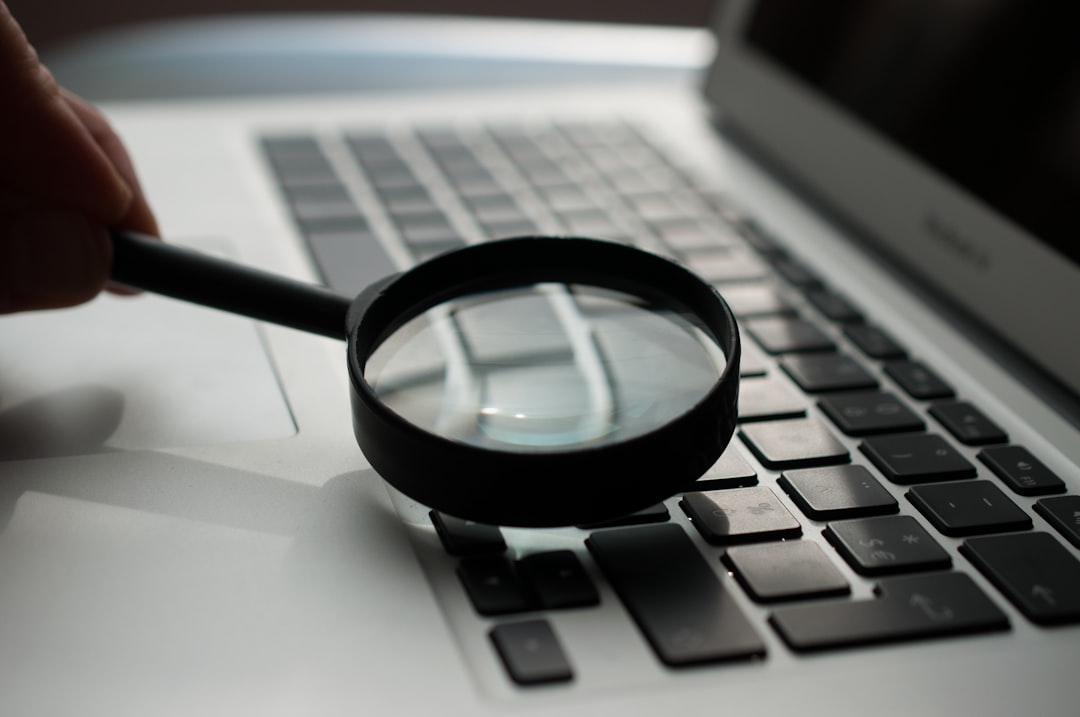In the digital age, information is more accessible than ever before. This ease of access, however, comes with an increasing challenge: ensuring the accuracy of information, particularly statistics and data found in online content. Misinformation, whether spread intentionally or unintentionally, can have serious consequences on public opinion, decision-making, and policy formation. Therefore, knowing how to verify statistical claims is a vital skill for anyone navigating the internet.
1. Consider the Source
Table of Contents
The credibility of the data often depends on the source providing it. Reliable organizations such as universities, government agencies, and established research institutions are more likely to provide accurate and unbiased information. When reading an article that makes statistical claims, ask yourself:
- Who is publishing the data?
- Does the source have a known bias?
- Is the organization reputable and known for research?
For example, statistical data about health trends presented by the World Health Organization (WHO) or the Centers for Disease Control and Prevention (CDC) are more trustworthy than those from lesser-known blogs or websites without proper citations.
2. Check for Original Data and Citations
Accurate online content typically includes citations or links to original research, data sources, or official publications. If an article makes statistical claims but lacks links or specific references, it’s a red flag. Check to see whether the writer has included:
- Direct links to government or research websites
- Clear identification of studies, reports, or historical datasets
- Publication dates of referenced data

If the source is not cited, try searching for the statistic yourself. A simple search can often reveal whether the data exists and whether it has been presented accurately.
3. Look for Consistency Across Multiple Sources
Cross-referencing is a powerful way to validate data. If several reputable outlets or organizations report similar statistics, it lends credibility to the numbers. However, if only one source makes the claim or other sources contradict it, further scrutiny is warranted.
When cross-checking, make sure you’re comparing data from:
- Different but reliable organizations (e.g., scientific journals, government bodies)
- Sources that are current and updated
- Articles that specify context, such as sample size or study methodology
4. Review the Methodology
Statistics can be manipulated or misrepresented depending on how data was collected. For reliable conclusions, look for explanations of how the data was gathered and analyzed. Important factors include:
- Sample size: Was a large enough group surveyed?
- Demographics: Was the sample representative of the population?
- Data collection methods: Were surveys, interviews, or observational studies used?
Many credible publications include a “methodology” section or link to the original study where methodology is detailed. If this is absent, be cautious about trusting the data.

5. Use Fact-Checking Websites and Tools
Several independent organizations are devoted to verifying the accuracy of claims found online. Websites like Snopes, FactCheck.org, and PolitiFact often review and provide context to popular statistics used in media and politics. You can also use tools like Google Fact Check Explorer or browser extensions designed to detect misinformation.
6. Beware of Misleading Visual Representations
Charts and graphs are often used to give statistical claims more authority, but they can also be misleading. Look for signs of manipulation such as:
- Truncated axes that exaggerate differences
- Lack of scale or labeling
- Overuse of colors or visuals to imply false significance
A trustworthy chart should clearly label its axes, show source information, and accurately depict the scale of values.
Frequently Asked Questions (FAQ)
- Q: How reliable are statistics shared on social media?
A: Statistics on social media should be taken with caution, unless they are from verifiable institutions with proper citations. Misinformation can spread quickly on these platforms. - Q: What should I do if I can’t find the original source of a statistic?
A: If you cannot track down the original source, it’s best to question the statistic’s credibility and avoid sharing it until verified. - Q: Can images with statistics be trusted?
A: Not always. Infographics can be visually compelling but may omit context or exaggerate findings. Always look for source citations and context. - Q: Are academic journals a trustworthy source for statistics?
A: Yes. Peer-reviewed academic journals are among the most reliable sources for statistical data, as they undergo rigorous review processes.
Understanding how to verify statistics and data online is an essential skill in combating misinformation and making informed decisions. By evaluating sources, checking citations, cross-referencing, and using fact-checking tools, anyone can develop a more critical eye toward the information they encounter every day.

